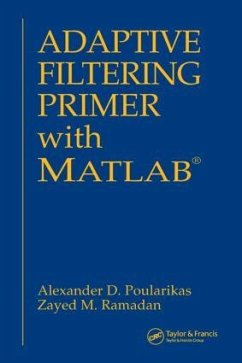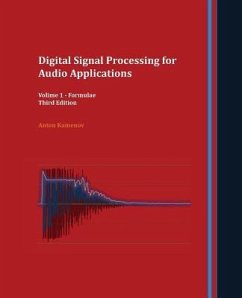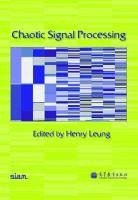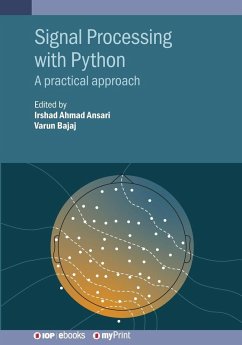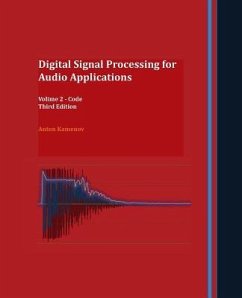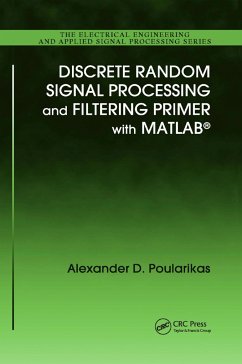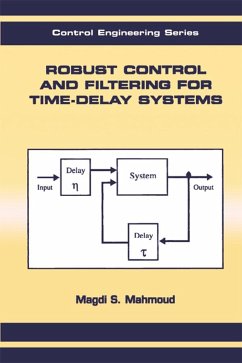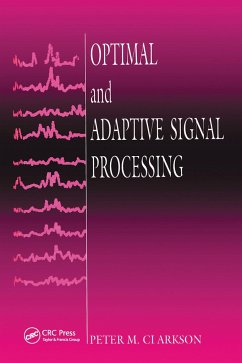
Dual Channel Matched Filtering and Space-Time Adaptive Processing
Versandkostenfrei!
Versandfertig in über 4 Wochen
18,99 €
inkl. MwSt.
Weitere Ausgaben:

PAYBACK Punkte
9 °P sammeln!
We propose a dual channel matched filtering system that addresses two key challenges in the practical implementation of a single channel matched filtering system: secondary data support and computational cost. We derive an exact expression of the dual channel normalized signal-to-interference plus noise ratio (SINR) in terms of random variables with known distributions and approximate expressions of the mean and variance of the normalized SINR. Using these approximate expressions, we demonstrated that the dual channel system requires half the secondary data to achieve nearly the same SINR perf...
We propose a dual channel matched filtering system that addresses two key challenges in the practical implementation of a single channel matched filtering system: secondary data support and computational cost. We derive an exact expression of the dual channel normalized signal-to-interference plus noise ratio (SINR) in terms of random variables with known distributions and approximate expressions of the mean and variance of the normalized SINR. Using these approximate expressions, we demonstrated that the dual channel system requires half the secondary data to achieve nearly the same SINR performance as an equivalent single channel system. With the dual channel system, two reduced dimension weight vectors are used in place of the larger single channel weight vector, offering the potential reduction in computational cost. The key to the dual channel system is the efficient block diagonalization of the interference plus noise correlation matrix with a fixed transformation. This work has been selected by scholars as being culturally important, and is part of the knowledge base of civilization as we know it. This work was reproduced from the original artifact, and remains as true to the original work as possible. Therefore, you will see the original copyright references, library stamps (as most of these works have been housed in our most important libraries around the world), and other notations in the work. This work is in the public domain in the United States of America, and possibly other nations. Within the United States, you may freely copy and distribute this work, as no entity (individual or corporate) has a copyright on the body of the work. As a reproduction of a historical artifact, this work may contain missing or blurred pages, poor pictures, errant marks, etc. Scholars believe, and we concur, that this work is important enough to be preserved, reproduced, and made generally available to the public. We appreciate your support of the preservation process, and thank you for being an important part of keeping this knowledge alive and relevant.



